Chemically driven nanomotors may help resolve chronic inflammation in patients with rheumatoid arthritis.



Chemically driven nanomotors may help resolve chronic inflammation in patients with rheumatoid arthritis.
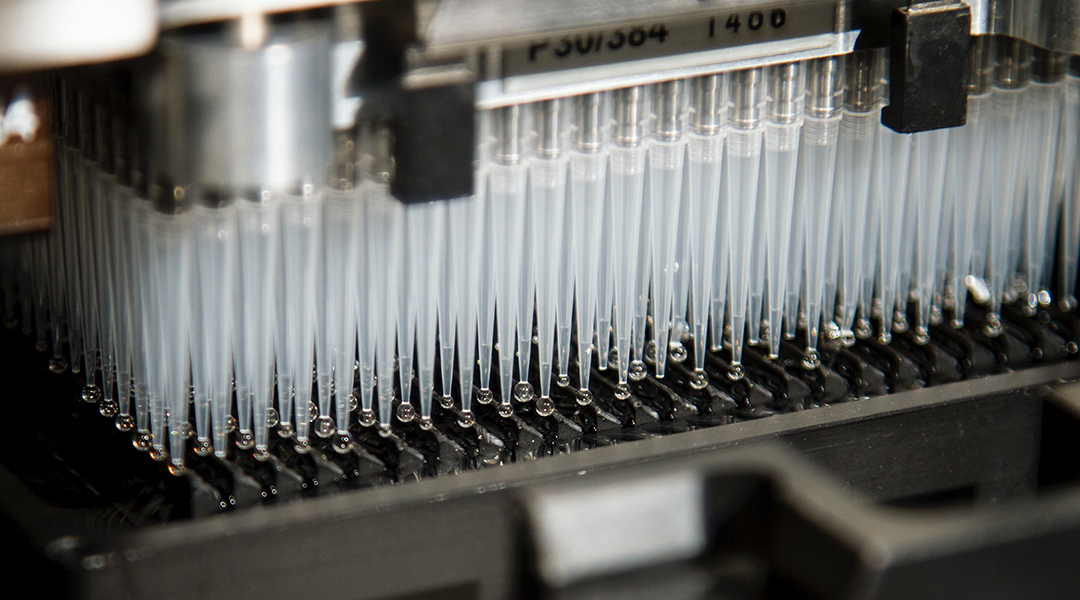
Stimulating neuron growth using a new mRNA therapy, researchers hope to treat chronic pain caused by disease, injury, or chemotherapy.
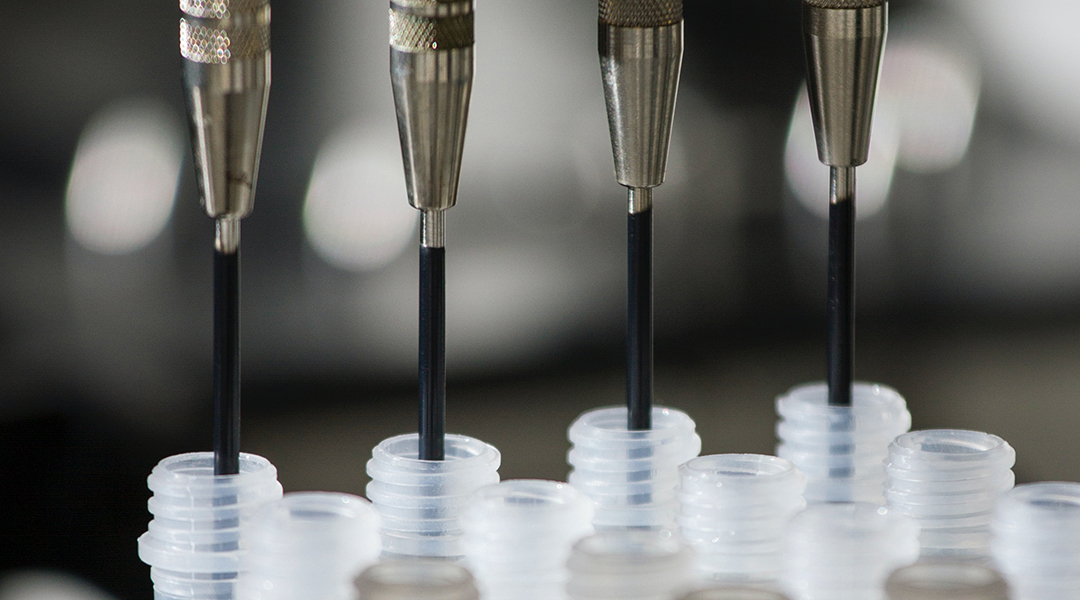
Artificial enzymes could help bring down the manufacturing costs of different medications, making them more available to patients.
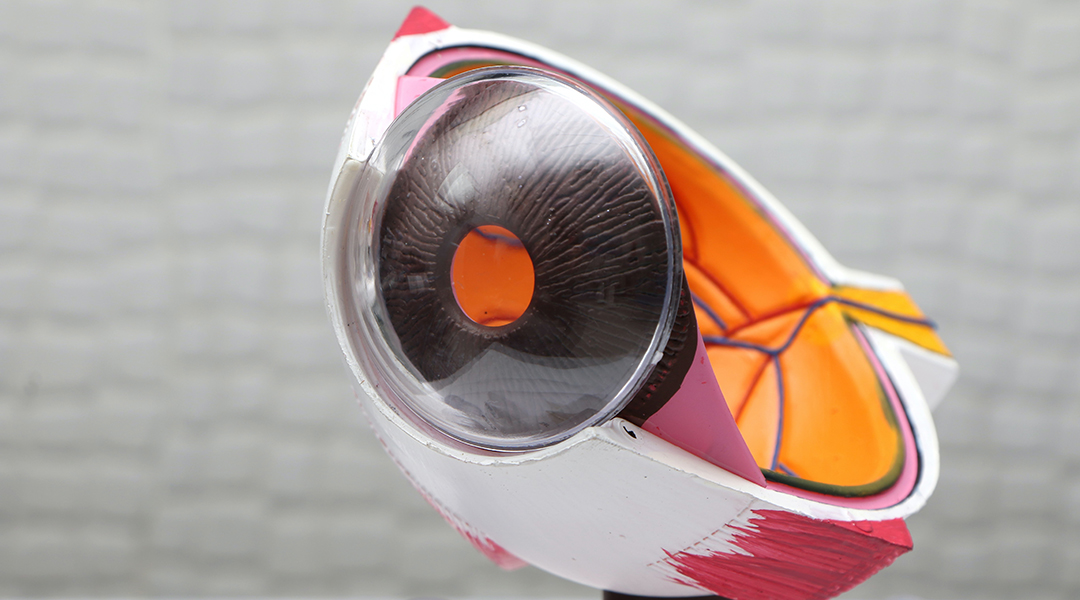
A tiny battery built into smart contact lenses produces its own power through eye blinking, relying on tears and oxygen to power its cells.
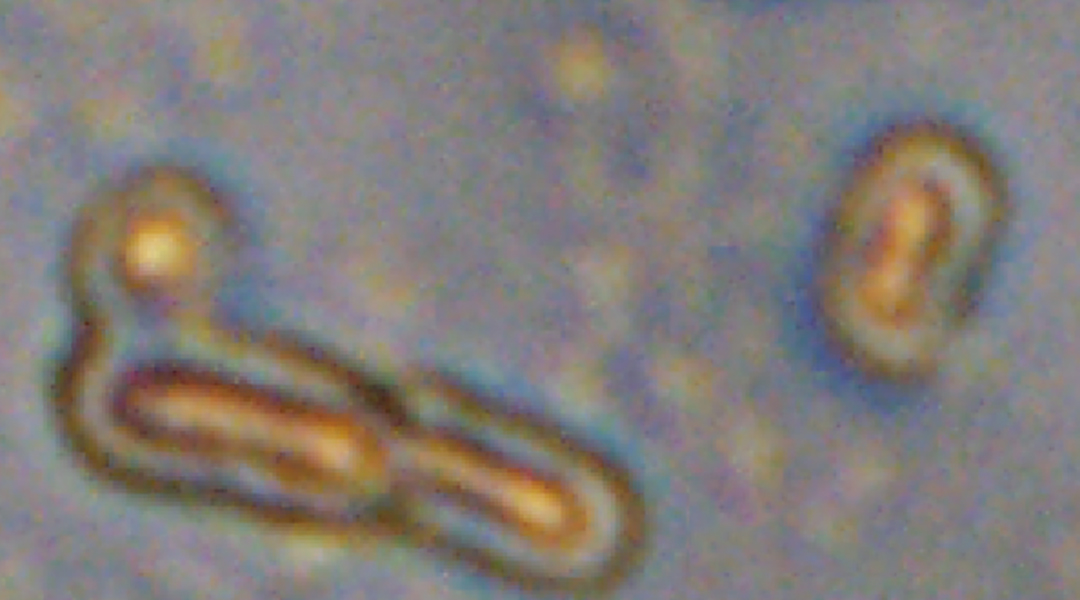
Implants containing cyanobacteria help produce oxygen within heart tissue to repair damage done after a heart attack.
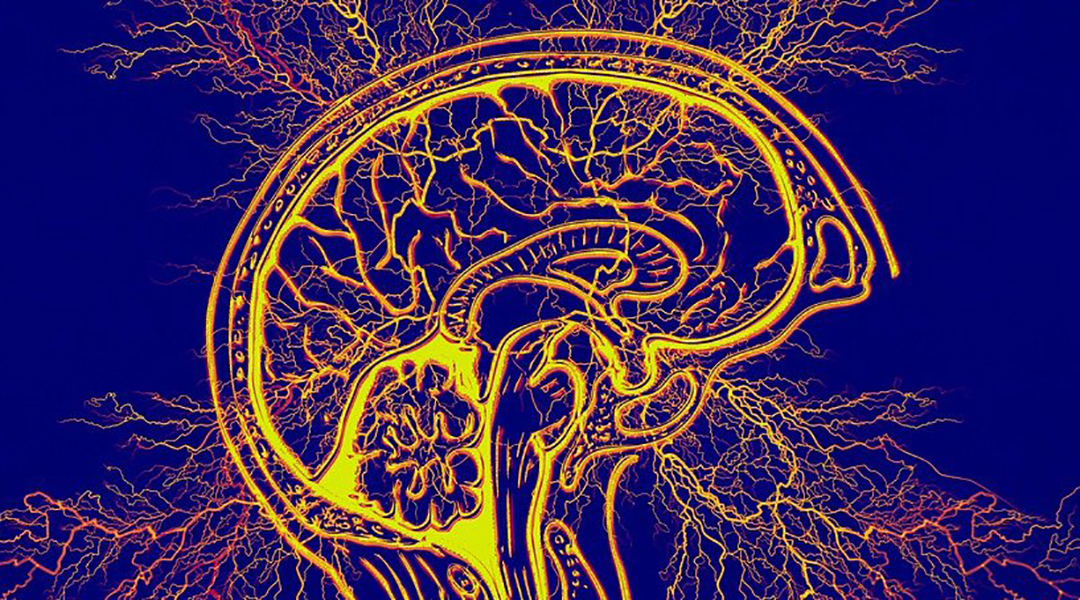
Early results for an anti-seizure drug administered as a nasal spray show a more targeted approach to helping get seizures under control.
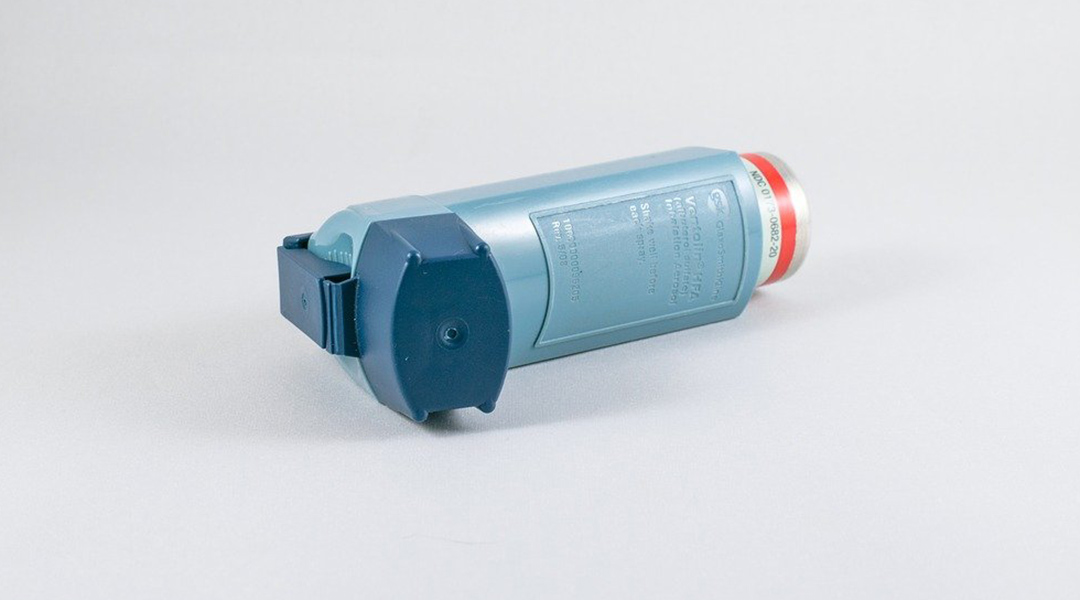
Analyzing patients’ urine samples allowed researchers to identify a biomolecule which could one day lead to developing a cure for asthma.

It turns out that a single factor is responsible for ear cell development, which could one day be used to treat disease and malformations.

Is rhythm learnt or encoded in our genes? “Musical genes” could be the key.
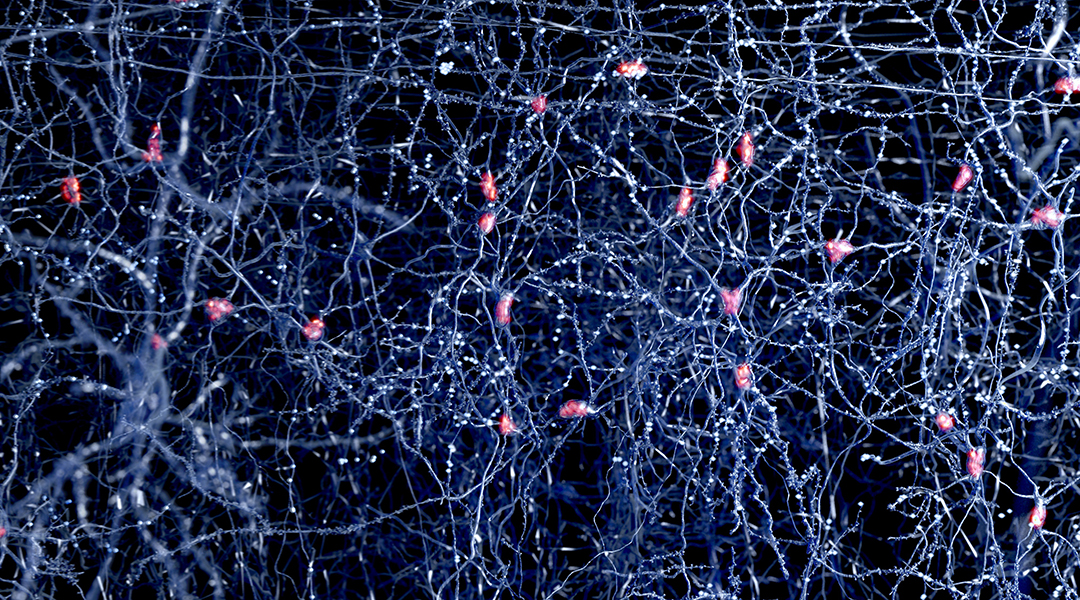
Researchers identify a protein that stops the brain from connecting memories, and regulating it could help improve memory loss treatment.